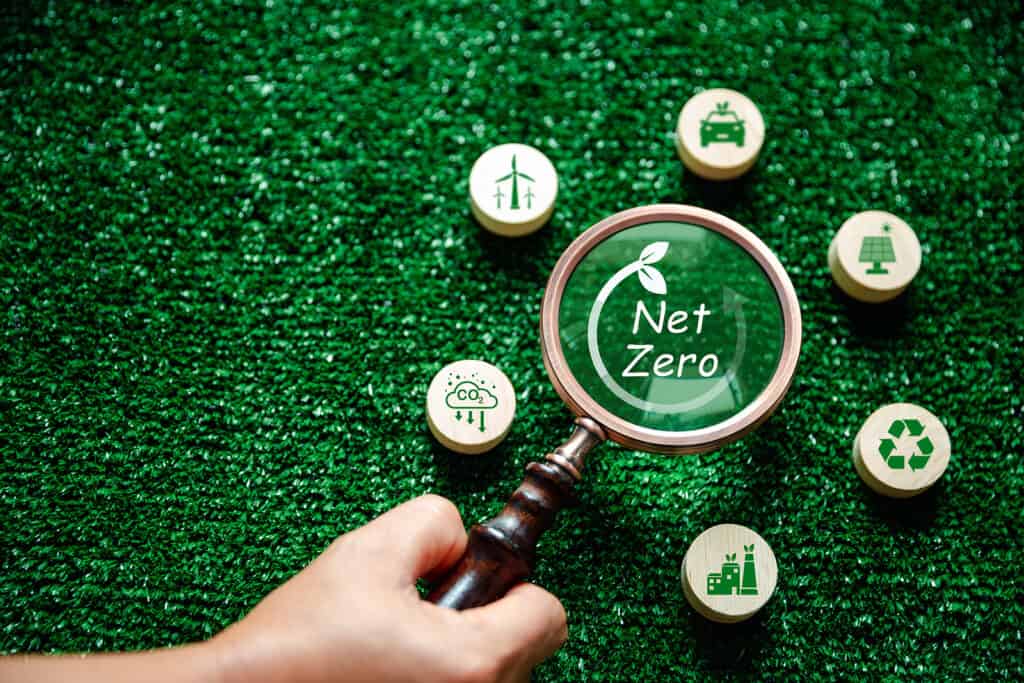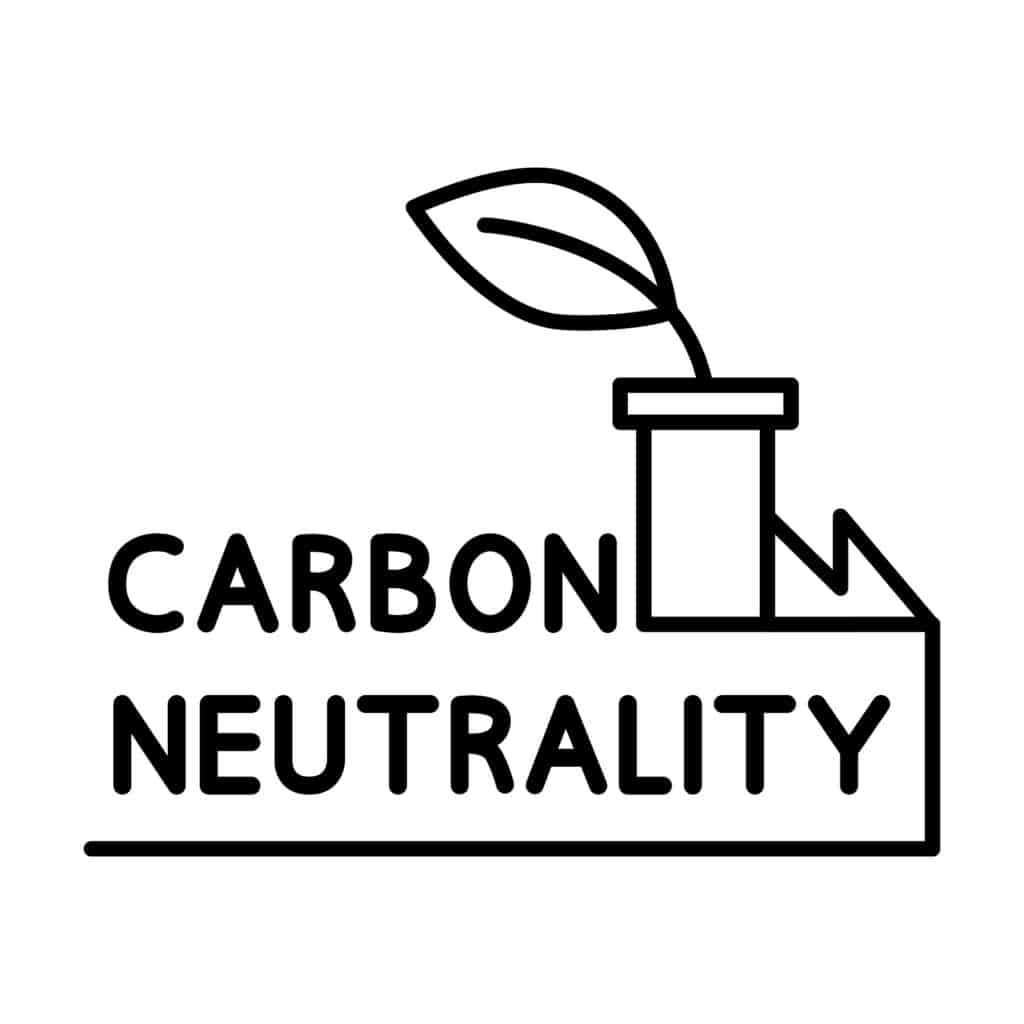Transitioning to Renewable Energy Certificates: a Low-Carbon Future for a Sustainable Tomorrow
As we strive to navigate the era of climate change, transitioning to renewable energy sources has become a paramount goal. For companies like ours, which prioritize sustainability and have set ambitious CSR initiatives, adopting renewable energy certificates trading (RECs) offers a powerful way to showcase our unwavering commitment to renewable energy and minimize our environmental footprint.
By embracing RECs, we can tangibly demonstrate our dedication to sustainable practices. These certificates provide undeniable proof that our electricity consumption is sourced from renewable energy generation, helping us reduce reliance on fossil fuels and contribute to a cleaner, greener future. Such a commitment not only aligns with our corporate values but also enhances our brand reputation and differentiates us from competitors.
What Are Renewable Energy Certificates (RECs)?
Renewable Energy Certificates, also known as Green Tags, Tradable Renewable Certificates (TRCs), or Renewable Energy Credits price, are market-based instruments that represent the technology and environmental benefits of electricity generated from renewable sources. Each is a REC represents one megawatt-hour (MWh) of electricity that was produced and delivered to the electricity grid from a renewable energy resource.
Why Are RECs Important?
RECs play a vital role in tracking, trading, and claiming the benefits of renewable electricity. They allow energy consumers to support renewable energy generation and reduce their carbon footprint, even if they don't have direct access to renewable energy sources. RECs also provide a revenue stream for renewable energy projects, encouraging further development and deployment of renewable energy technologies.

The Role of RECs in a Low-Carbon Future and do RECs work
RECs play a pivotal role in driving the transition to a low-carbon future. They offer numerous benefits that accelerate renewable energy adoption, promote energy independence, and contribute to the reduction of greenhouse gas emissions. Let's explore these roles in detail:
- Driving Renewable Energy Adoption: RECs serve as a market-based mechanism that incentivizes electricity producers to shift from fossil fuel-based generation to renewable energy sources. By creating a valuable commodity out of renewable energy generation, RECs provide financial incentives that make renewable energy projects more economically viable. The revenue generated from the sale of RECs helps offset the costs associated with developing and operating renewable energy projects, making them increasingly competitive with traditional energy sources. This drives greater investment in renewable energy infrastructure, accelerates the deployment of renewable technologies, and diversifies the energy mix.
- Promoting Energy Independence: RECs contribute to enhancing energy independence by incentivizing local renewable energy generation. Countries and regions that can generate a higher proportion of their energy from local renewable sources reduce their dependence on imported fossil fuels. By supporting the development and adoption of renewable energy projects within their own borders, regions can enhance their energy security and reduce their exposure to price fluctuations and geopolitical risks associated with fossil fuel imports. RECs play a crucial role in empowering communities and businesses to take control of their energy supply and promote self-sufficiency.
- Reducing Greenhouse Gas Emissions: Electricity generation is a significant contributor to global greenhouse gas emissions. By facilitating the transition to renewable energy sources, RECs contribute to reducing these emissions. When a renewable energy project generates electricity, it also generates RECs representing the environmental attributes of that clean energy certificates generation. When individuals or organizations purchase and retire these RECs, they effectively offset an equivalent amount of conventional electricity generation from fossil fuels. As a result, the overall carbon footprint of electricity consumed is reduced, helping to mitigate the impacts of climate change. The widespread adoption of RECs drives the displacement of carbon-intensive energy sources with clean, renewable alternatives, supporting global efforts to combat climate change.

How to Transition to RECs
Transitioning to RECs involves a series of steps that help organizations align their energy consumption with renewable energy sources. Here are the key steps to transition to RECs:
- Understand Your Energy Needs: Start by comprehensively understanding your energy needs. Analyze your current energy usage patterns, identify areas for improvement, and explore energy efficiency measures. This understanding will guide your transition strategy and help determine the amount of renewable energy needed through RECs.
- Source RECs: Once you have assessed your energy requirements, the next step is to source RECs. Consider the following options:
- Direct Purchase: Engage with renewable energy project developers or generators to directly purchase RECs. This allows you to establish a direct connection with the renewable energy source and support specific projects.
- Brokers and Aggregators: Work with specialized brokers or aggregators who facilitate the purchase and management of RECs on your behalf. They have expertise in sourcing RECs and can help match your energy needs with suitable projects.
- Green Pricing Programs: Check if your utility or energy provider offers green pricing programs. These programs allow customers to opt for a specific percentage of their electricity to be sourced from renewable energy and provide associated RECs.
- Track and Report REC Usage: After purchasing RECs, it is crucial to track and report your REC usage accurately. This involves retiring the RECs, which ensures they cannot be resold or double-counted. It also demonstrates your commitment to supporting renewable energy. Tracking and reporting methods may include:
- Internal Systems: Implement internal tracking systems to monitor REC usage and retirements.
- Reporting Frameworks: Include REC-related data in voluntary sustainability reports or other corporate disclosure frameworks to communicate your renewable energy efforts.
- Compliance Reporting: If participating in government or regulatory programs, comply with reporting requirements related to REC usage.
- Third-Party Certification: Seek third-party certification programs that validate and certify your renewable energy commitment, providing transparency and credibility to your stakeholders.

The Benefits of Renewable Energy Certificates
RECs offer a range of benefits that extend beyond environmental impact. Here are the key benefits of utilizing RECs:
- Economic Growth and Job Creation: RECs contribute to economic growth and job creation by stimulating renewable energy development. When businesses invest in RECs, they provide financial support for renewable energy projects, creating employment opportunities throughout the project lifecycle. From engineers and construction workers during the facility's construction phase to ongoing operation and maintenance staff, renewable energy projects generate long-term jobs, particularly in rural areas where many projects are located. This infusion of employment opportunities boosts local economies and fosters sustainable economic growth.
- Diversification of Energy Supply: Utilizing RECs promotes the diversification of our energy supply. By embracing a mix of renewable energy sources such as wind, solar, hydro, and others, we reduce our reliance on fossil fuels like coal, oil, and gas. This diversification enhances the resilience of our energy systems, minimizing the risk of energy shortages and price spikes caused by overdependence on limited energy sources. It also provides a pathway towards a more sustainable and sustainable energy future.
- Enhancing Corporate Reputation: Investing in RECs allows businesses to enhance their corporate reputation and strengthen their brand image. In today's conscious consumer environment, customers are increasingly seeking out companies that prioritize sustainable practices. By purchasing RECs, businesses can showcase their commitment to renewable energy and environmental responsibility. This demonstrates their proactive approach to combating climate change and aligns their brand with sustainability goals. Such a reputation can attract environmentally conscious customers, boost customer loyalty, and differentiate businesses in competitive markets.
Overcoming Challenges in the Transition to RECs
Transitioning to sbti renewable energy certificates criticism offers numerous benefits, but it is essential to address the challenges that may arise during this process. Here are key challenges and strategies to overcome them:
- Lack of Awareness and Understanding: Challenge: Many businesses and individuals are unaware of RECs and lack a clear understanding of how they work. Solution: Education and outreach efforts are crucial to increase awareness and understanding of RECs. Organizations can provide resources, workshops, and information campaigns to inform stakeholders about the benefits and mechanics of RECs. Collaborating with industry associations and sustainability-focused organizations can also help raise awareness.
- Cost Concerns: Challenge: Some potential buyers perceive RECs as more expensive compared to traditional energy sources. Solution: Communicate the long-term economic benefits of renewable energy. Highlight the potential savings from energy efficiency improvements that can offset any perceived cost differences. Emphasize the stability of renewable energy prices compared to volatile fossil fuel prices. Additionally, financial incentives, government grants, and renewable energy tax credits can help mitigate upfront costs and incentivize REC adoption.
- Finding Credible RECs: Challenge: Buyers need to ensure they purchase RECs that are certified by a recognized standard to ensure their validity and environmental integrity. Solution: Utilize credible certification programs or standards such as Green-e Energy to identify and purchase certified RECs. These programs verify the authenticity and environmental attributes of RECs, providing confidence to buyers. Engaging with reputable renewable energy providers and seeking recommendations from sustainability consultants can also help identify credible REC sources.
- Navigating Regulatory Requirements: Challenge: Different regions may have varying regulatory requirements and policies related to RECs. Solution: Stay informed about the specific regulations and policies governing RECs in your region. Collaborate with renewable energy industry experts, consultants, or legal advisors who can provide guidance on compliance and ensure alignment with local regulations. Engage with relevant government agencies and industry associations to stay updated on policy changes.
- Addressing Implementation Challenges: Challenge: Integrating RECs into existing energy procurement and management systems can pose implementation challenges for businesses. Solution: Develop a comprehensive transition plan that considers the integration of RECs into energy procurement strategies. Engage with energy service providers and consultants who specialize in REC integration to ensure a smooth transition. Invest in energy management systems and tracking tools that can accurately monitor and verify REC usage, facilitating compliance reporting and maximizing the benefits of RECs.
The Renewable Energy Certificates: Pros and Cons
Renewable Energy Certificates (RECs), also known as Green Tags or Renewable Energy Credits, offer various benefits in promoting renewable energy adoption. However, it is important to consider both the advantages and disadvantages associated with RECs. Here are the pros and cons:
Pros of Renewable Energy Certificates (RECs):
- Environmental Impact: RECs allow individuals and organizations to support renewable energy generation and reduce their carbon footprint, even if they don't have direct access to renewable energy sources. By purchasing and retiring RECs, consumers effectively offset an equivalent amount of conventional electricity generation from fossil fuels, leading to a reduction in greenhouse gas emissions.
- Scalability and Flexibility: RECs provide a scalable and flexible option for supporting renewable energy. They allow consumers to match their electricity consumption with renewable energy generation on a megawatt-hour basis, accommodating various energy needs and enabling widespread participation.
- Market Incentives for Renewable Energy: RECs create market-based incentives for renewable energy development. By establishing a financial value for renewable energy generation, RECs stimulate investment in renewable energy projects, making them economically viable. This drives the growth of the renewable energy sector, leading to job creation, technological advancements, and increased energy independence.
- Corporate Social Responsibility (CSR): For businesses, RECs offer an opportunity to demonstrate corporate social responsibility and sustainability commitments. By adopting RECs, companies can showcase their dedication to renewable energy, enhance their brand reputation, and attract environmentally conscious customers and stakeholders.
- Compliance with Regulations and Standards: RECs help companies and organizations comply with regulatory requirements and industry standards related to renewable energy consumption. By investing in RECs, businesses can meet renewable energy targets and demonstrate their adherence to environmental regulations.
Cons of Renewable Energy Certificates (RECs):
- Additionality and Double Counting: Critics argue that RECs may not always ensure true “additionality” — the guarantee that the renewable energy generation funded by RECs would not have happened without the support. In some cases, RECs may be sourced from existing renewable energy projects, resulting in double counting of environmental benefits.
- Lack of Direct Physical Impact: Purchasing RECs does not directly change the energy mix or guarantee that electricity consumed is from renewable sources. It relies on the retirement of RECs to claim environmental benefits, which may not have an immediate physical impact on the energy grid.
- Price Volatility: The cost of RECs can fluctuate based on supply and demand dynamics, market conditions, and policy changes. This price volatility may affect the financial viability of purchasing RECs, particularly for businesses with budget constraints or uncertain financial situations.
Final Thoughts: Embracing a Sustainable Future with RECs
As I reflect on the journey towards a low-carbon future through the adoption of Renewable Energy Certificates (RECs), I am filled with a sense of optimism and purpose. The information I have gathered unveils the profound impact that transitioning to RECs can have on our company and the world around us.
By embracing RECs, we not only demonstrate our unwavering commitment to renewable energy but also pave the way for a sustainable tomorrow. These certificates offer a tangible way to reduce our reliance on fossil fuels, minimize our environmental footprint, and contribute to the fight against climate change. Our decision to prioritize sustainability and integrate RECs into our operations signifies our genuine dedication to making a positive difference.
Sources
- https://www.nature.com/articles/s41558-022-01379-5
- https://www.iaea.org/sites/default/files/21/06/transitions-to-low-carbon-electricity-systems-changing-course-in-a-post-pandemic-world.pdf
- https://www.frontiersin.org/articles/10.3389/fenrg.2021.743114/full
- https://www.spglobal.com/esg/insights/problematic-corporate-purchases-of-clean-energy-credits-threaten-net-zero-goals

